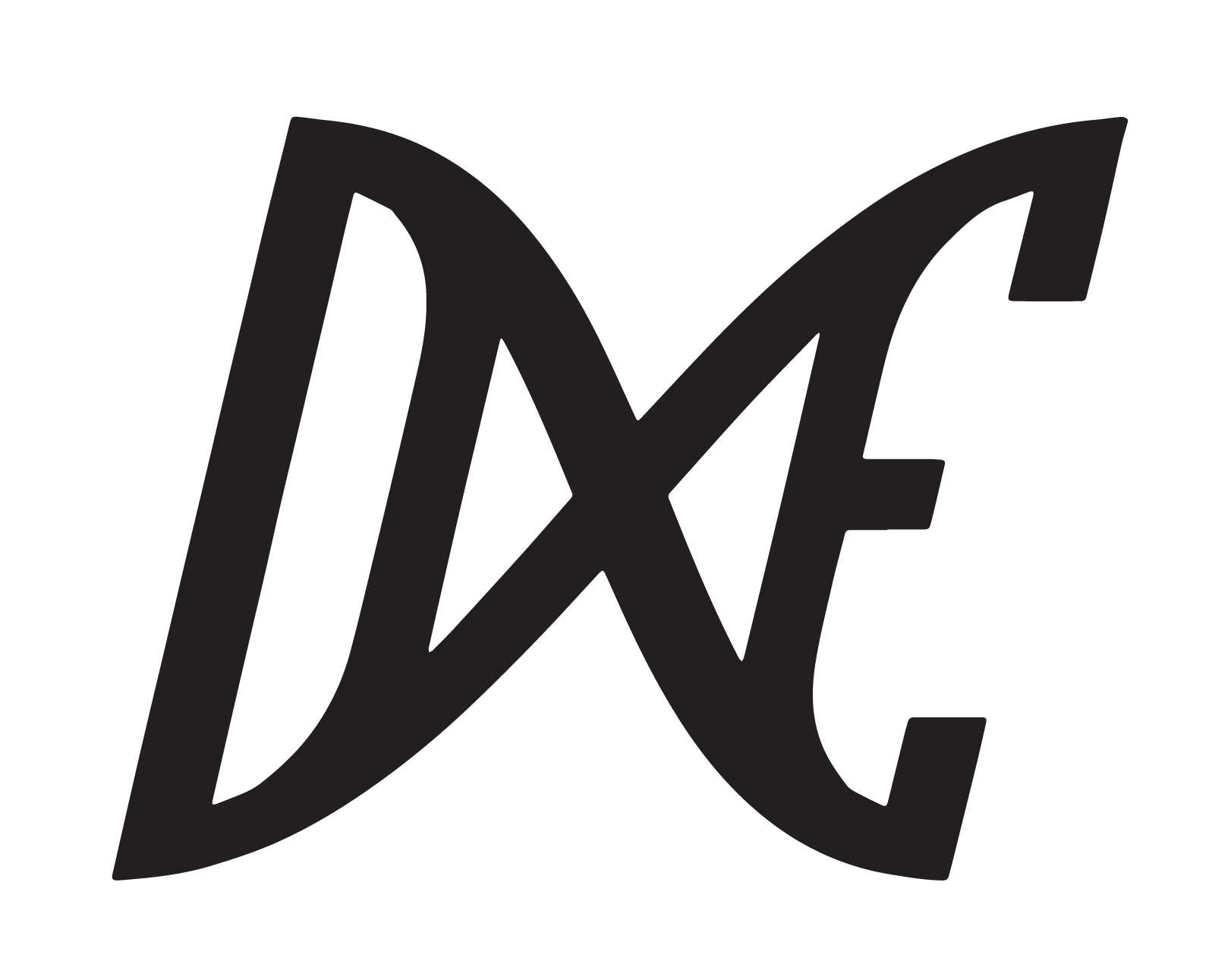Empty the Tanks - How Corporate Spin Reframes Captivity

by Wayne Hsiung
SeaWorld and other marine animal prisons enslave and abuse animals. It is a truth that was aptly demonstrated by the movie Blackfish, and that activists will unite to say on May 24, at the Empty the Tanks Worldwide day of action. In the Bay Area, the tireless defender of marine animals and Taiji Cove Guardian, Lisa Robles, is taking the lead in taking on Six Flags (with support from the newly formed Citizens for an Animal-Free Six Flags). In San Diego, the remarkable activist and DxE organizer Ellen Ericksen is expecting 1000 to protest SeaWorld. And hundreds more activists all over the world will be converging at marine animal prisons behind a simple message: animals are not ours to use.
But if you listen to the industry, they are doing great things for animals. SeaWorld, for example, glows about how it is "leading the way" in animal rescue and rehab and shares inspiring stores of saving baby dolphins from drowning in the tangle of a fishing net. They even went so far as to hire Bindi Irwin, daughter of the famous conservationist, as their Youth Ambassador.
What is an animal activist to do?
The first thing to note is that SeaWorld's motivations -- indeed, its legal obligation -- is to make profit for its shareholders. Whatever actions it takes are for that purpose, and, since the company has a fundamental financial interest in marine animal captivity, whatever "rescue and release" programs it involves itself in must, as a matter of legal requirement, serve their abusive reason for existence: profiting off of animals in captivity.
The second is that SeaWorld's response is identical to virtually every other corporation challenged for animal abuse. "But we take care of animals!" Animal welfare is, in fact, a centuries-long tradition, and deft corporations always try to reframe criticism of their industry into praise for animal welfare. But the animal welfare dialogue, even if a sign of progress, is not enough. As we have seen in our own campaign against humane meat (where sales have often doubled after corporations begin to use humane marketing), the rhetoric of welfare is often used, not to encourage genuine and long-term improvements even in animal welfare (much less liberation), but to encourage greater public and consumer support for the practice at issue. We cannot allow ourselves to be duped by this marketing spin.
The third is that if we don't provide a compelling response, SeaWorld's corporate spin will succeed. The history of animal industry is replete with examples of industry deftly diverting public outrage into meaningless reforms. Dwight D. Eisenhower said in 1958 that, if you went by mail alone, you'd think the entire country were only concerned about humane slaughter. But in the decades since, animal killing has not only increased, but the horrific cruelty of slaughter has continued unabated. The reason? Inertia. The status quo has a natural gravitational force that makes incremental progress hard to sustain.
So while the protest on May 24 is an inspiring and powerful event -- one that we should do everything we can to support -- let's not forget that the story doesn't end with one day of action. If we want every tank to be empty, and every animal to be free, we have to recognize corporate spin, devise a compelling response, and continue our challenge to even the existence of these abusive industries.
There is no such thing as a "good" way to hold animals captive. And if we can maintain the integrity of that message, we will see our vision become a reality.
Other articles

Tulare County Dairy Farms Are Poisoning Latino Communities

The Case for Systemic Change




